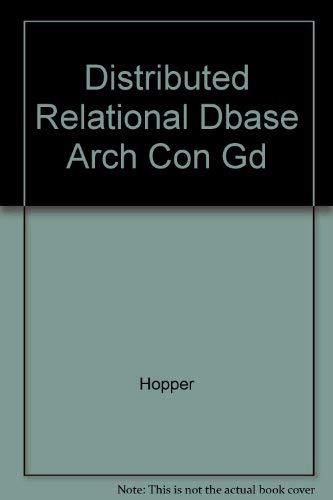Question
A new company has proposed a number of different cache layouts for their system and youve been asked to come in and calculate the overhead
A new company has proposed a number of different cache layouts for their system and youve been asked to come in and calculate the overhead for each of the different caches. Their system uses a cache with 512 B of data storage capable of addressing 4 GB of byte-addressable memory. Stores will be handled by write-back and allocate-on-write policies. Please be sure to show the work for your calculations.
A. The first design is a fully associative cache with a block size of 32 bytes, how many bytes of overhead would the cache keep in total (including any necessary tag bits?, valid bits,? dirty bits?, or LRU bits?)? [5]
B. Their next design utilizes a direct mapped cache with 16 different cache lines. How many bytes of overhead would the cache keep in total (including any necessary tag bits?, valid bits,? dirty bits?, or LRU bits?)? [5]
C. Finally, theyve suggested a 2-way set associative cache with 4 different sets. How many bytes of overhead would the cache keep in total (including any necessary tag bits?, valid bits,? dirty bits?, or LRU bits?)? [5]

Step by Step Solution
There are 3 Steps involved in it
Step: 1

Get Instant Access to Expert-Tailored Solutions
See step-by-step solutions with expert insights and AI powered tools for academic success
Step: 2

Step: 3

Ace Your Homework with AI
Get the answers you need in no time with our AI-driven, step-by-step assistance
Get Started


